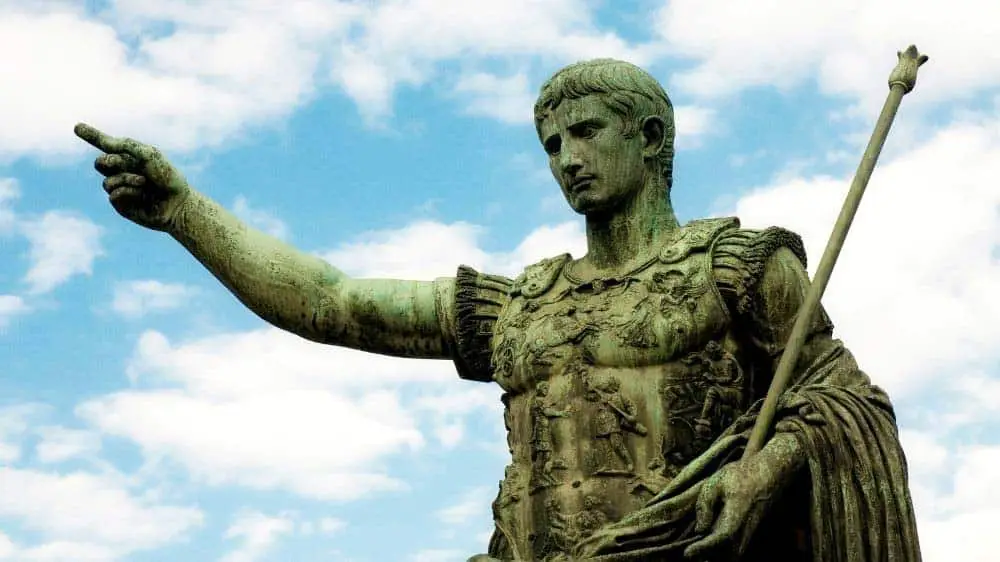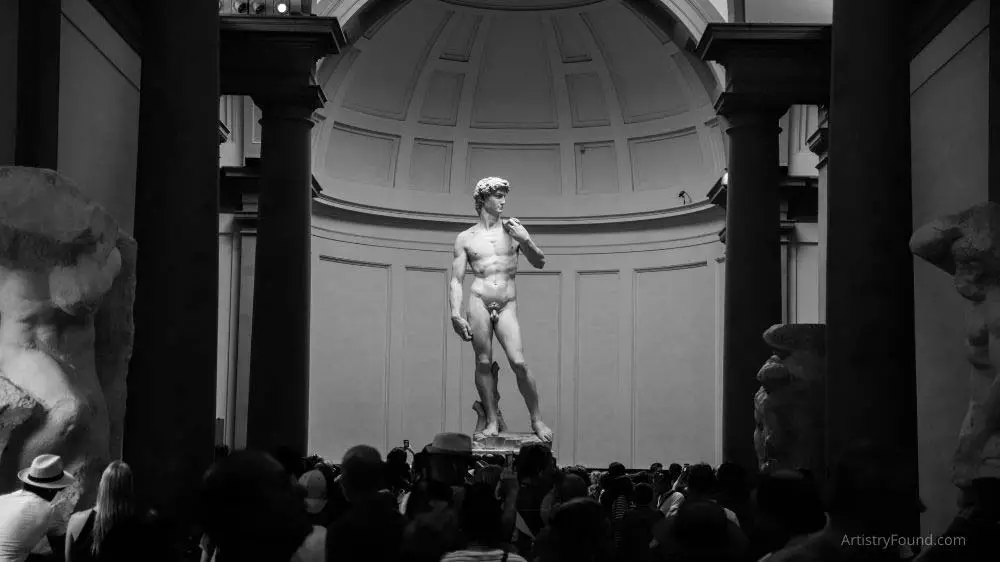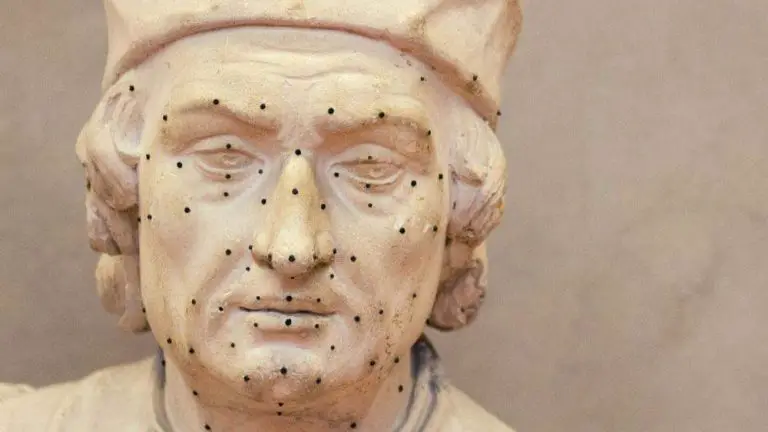Freestanding Sculpture (Definition & Famous Examples)
Sculptures are perhaps the best examples of human creativity and abstract ideas. The art of sculpting has given the world some of the most commendable and respected masterpieces. Early on, sculpture was related to religion and idol worship, but slowly became one of the most recognizable art forms in existence today.
Since the inception of this art, humankind has developed several types of sculpture. One of the most popular types of sculpture is the freestanding sculpture.
A freestanding sculpture is a sculpture that is unattached to any background. These sculptures can be walked around and viewed from all angles. Freestanding sculptures can stand on their own, or be attached at the base for support. A freestanding sculpture is also known as a “sculpture in the round.”

(This article may contain affiliate links and I may earn a commission if you make a purchase)
A freestanding sculpture can be viewed from all sides. Some sculptures are meant to be looked at from a specific angle. When viewed from this angle, a viewer can enjoy the true nature of that sculpture.
Some three-dimensional works can portray different meanings when looked at from certain angles. This adds to the ambiguity of the sculptures and makes them true masterpieces in the world of art.
The perfect freestanding sculpture is a sculpture that can be held in one’s hand (of course, only if the size allows) and can be inspected from all possible viewing angles. It also does not require external support to stand.
Owing to its ability to be viewed from all angles, freestanding sculpture is also referred to as ‘sculpture in the round.’ This implies that the viewer can go around the sculpture and have a detailed look at the figures from all angles.
The Process of Creating Freestanding Sculptures

One of the most noticeable aspects of popular freestanding sculptures around the world is that their intricacy and details remain consistent irrespective of which angle you look at them from. This requires exacting work from the artist, and is a truly commendable facet of the sculpting art.
Various methods have been employed to make these sculptures in the round. Additive and subtractive methods of sculpting have been commonly used to create these pieces of art. In the additive process, the artist adds material to the base frameworks (also known as the “armature”) and shapes it to create the sculpture.
In the subtractive process, material is taken away from the medium until the desired shape is reached. This is one of the oldest methods in the history of sculpting and many important sculptures have been made using these two techniques.
Carving is one of the most predominant ways to create subtractive sculptures. Many freestanding sculptures that the world can see today have been made by carving stone like marble or granite.
Some of the sculptures in the round are also made by casting and assembly. Casting involves making a mold and pouring liquid material into the mold. Once the material is solidified, the mold is taken away, leaving a cast sculpture.
Casting mostly uses mediums like clay, wax and bronze. This is also an example of the additive technique used in sculpting.
Another technique in the arsenal of the sculptor is the assembly method. In this method, artists use various materials to create components of the complete sculpture. Once made, these components are put together to constitute the whole sculpture. Assemblage is a commonly used method for sculptures that are huge in size.
The assembly method gave rise to a relatively newer form of sculpture, Kinetic Sculpture. In this form, one or more parts of the sculpture are capable of movement. Some of these artworks are also interactive with the viewers.
Creating a freestanding sculpture requires great knowledge about sculpting as well as how the sculpture interacts with its surroundings.
The artist needs to take into consideration the balance point of view and create a sculpture while adhering to the laws of physics. They have to bestow upon the sculpture a stable balance and at the same time, let their creativity be properly manifested.
Famous Examples of Freestanding Sculpture

One of the grandest living instances of freestanding sculpture is the Statue of Liberty. The Statue of Liberty stands tall as the epitome of the friendship between France and USA. This statue was transported to The States in 214 pieces of copper, steel and cast iron. The assembly of this took place on Liberty Island. The Statue of Liberty one of the world’s most popular and well-known sculptures.

Another famous example of sculpture in the round is Cloud Gate. Cloud Gate, also known as ‘The Bean’ in pop culture is an abstract piece of art by Sir Anish Kapoor. This structure can be examined from all angles and continues to be a talking point for people visiting Chicago.

Talking about freestanding sculptures without mentioning Michelangelo’s David and Pieta would be a sin. The amount of intricate detail and accurate musculature in David portrays Michelangelo’s finesse.
This sculpture stands on a podium and is composed of marble. It stands at 17ft tall and is truly a skillful combination of art and balance.
Naum Gabo, one of the most critically acclaimed kinetic sculptors, made the Standing Wave. This freestanding sculpture features a twisted steel rod fixed to a black wooden base. With the press of a simple button, the Standing Wave provides a unique sight corresponding to the standing wave in physics.
Final Thoughts on Freestanding Sculptures
Freestanding sculpture is historically at the core of modern day sculpture. Now that you know what a freestanding sculpture is, you will be able to find examples all around you in your local art displays and parks.





